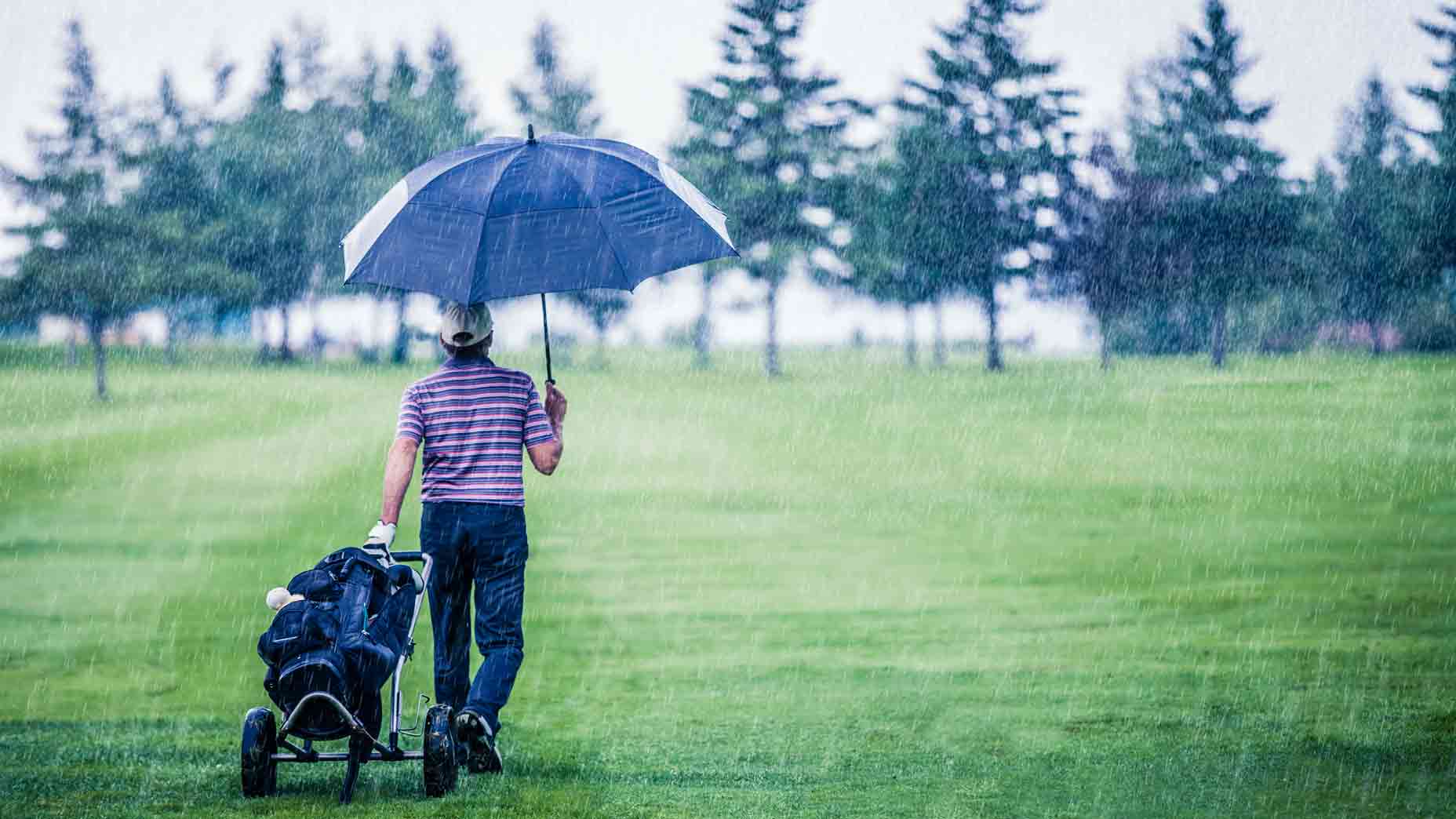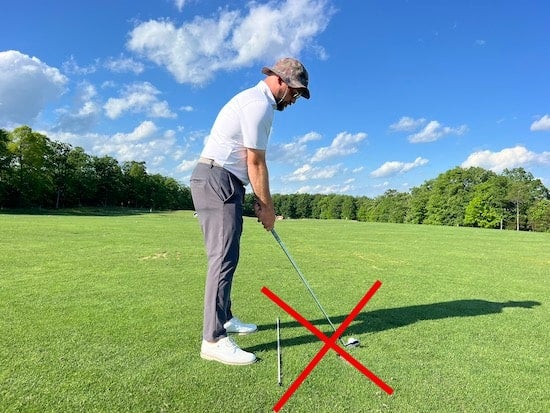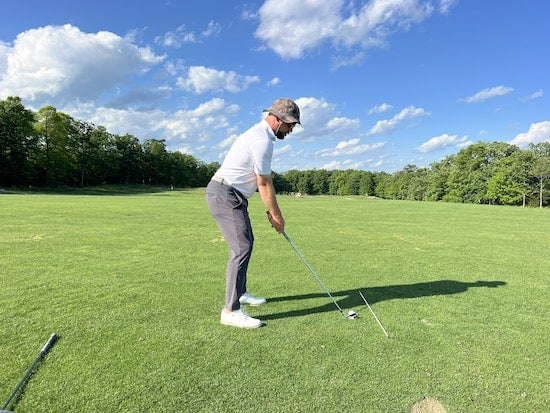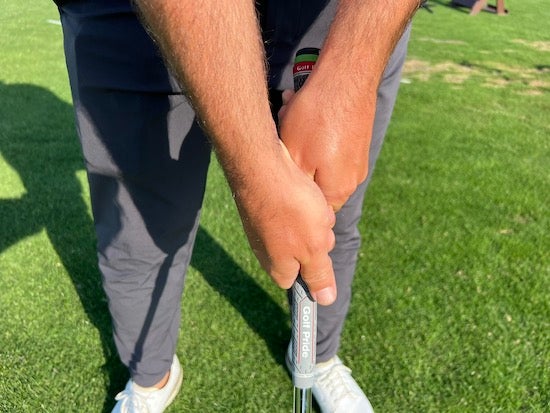- Football Knowing
- Posts
- 7 things you’re doing wrong on the driving range (and how to fix them)
7 things you’re doing wrong on the driving range (and how to fix them)
I spend a lot of time watching golfers at the driving range. Whether they’re warming up for a round or practicing to improve, most amateur golfers display similar habits—and that's not always beneficial.

Controllables vs. uncontrollables: How understanding them will help your golf game BY: NICK DIMENGO
In golf, many factors are beyond your control, but there are a few key elements that you can manage. Mastering these controllable aspects can lead to immediate improvements in your scores. Unfortunately, most amateurs overlook these fundamentals, especially on the driving range.
What are these crucial elements? Here are seven pre-shot tips to check off before taking a shot. They’re simple adjustments that can significantly enhance your game without being overly technical.
1. Using alignment sticks incorrectly

This is a common site for Hughes while roaming driving ranges. IMAGE VIA JOHN HUGHES
Professionals always have alignment sticks nearby when warming up, using them in various ways. Many amateurs try to copy what they see without understanding the correct usage of these effective training aids.
If you see a golfer with a stick on one side of the ball and the golfer on the other, they’re likely not working on alignment. Unfortunately, many amateurs aim the stick at the target and place the ball on the opposite side, causing them to aim right of their target.
Instead, place the ball on the same side as you. This helps with both aim and alignment, providing an easy motion drill. Position the ball one club head width away from a stick aimed directly at your target. Now you’re in the proper alignment position as you work on your drill.
2. Standing Too Far from the Golf Ball
Standing too far from the ball allows the clubface to open and close excessively. The club hinges at the neck, causing the face to open and close during your swing. A more horizontal swing increases this effect, making it harder to square the clubface at impact.
Stepping just a quarter to a half-inch closer to the ball reduces face rotation and unwanted curvature in your ball flight.
3. Incorrect Clubface Alignment at Address

This is how the clubface should look at address, says Hughes. IMAGE VIA JOHN HUGHES
Despite your belief that the clubface is perpendicular to your target, it’s often not. Usually, the face is closed to your target, regardless of your stance.
This happens because you forget that your body doesn’t hit the ball; the club does. Many golfers aim their bodies, particularly the front shoulder, at the target and then adjust the club to their body, which is incorrect.
4. Improper Use of the Leading Edge to Aim
The leading edge is crucial because it leads the club into the ball, creating the 90-degree angle needed at address for straighter shots.
If you’ve been told to aim the club, not your body, but your club is still closed at address, you might be using the top of the club and its lofted face to aim. This actually closes the club.
Using the one-alignment-stick method mentioned earlier, ensure the leading edge of your club creates a 90-degree angle with the stick. Once the club is square to your target, you can position your body accordingly.
5. Poor Balance

An example of what good balance in the golf swing should look like.
Your swing speed is limited by your body’s ability to balance the movement. If you’re too far from the ball, you’ll be on your toes at address, causing your body to struggle to keep you from falling over during your swing.
From your feet to your belt, you should feel balanced, side to side, and from heel to toe. Secondary spine tilt results from your trail hand being below the lead hand on the handle, which is usually sufficient for most shots. Only exaggerate this tilt when using the driver.
6. Incorrect Ball Position Relative to Your Swing Arc
Hitting fat or thin shots often results from the club not striking the ball before reaching the low point of the swing.
Most amateurs place the ball too far forward in their stance. Remember, the club swings on an angled arc. As the club reaches the bottom of the arc, it begins to move up and around your front side.
Simplify your ball position by placing it in the middle of your stance when using mid-to-low irons and wedges. This ensures the club contacts the ball just before hitting the ground.
7. Improper Grip Position and Security

An example of a neutral top hand grip. IMAGE VIA JOHN HUGHES
When observing players on the driving range, I either see a lot of poor hand positioning with the top hand over-gripping the club. Let’s first deal with those issues.
First, make a tight fist with either hand and try to make that hand move fast. Now, allow your hand to relax and have it move fast. The looser hand will always move faster. When you’re holding the club with a death grip, there’s no way you’ll hit the ball as far as you could — which is why a good grip position of the top hand is essential to create a more relaxed (but secure) grip.

This simple grip hack will confirm if your clubface is square at address BY: NICK DIMENGO
Now let’s study your arms and hands.
Look at yourself in a full-length mirror and notice the angle that your hands hang from your arms relative to your body. It’s highly unlikely that your hands are parallel or perpendicular to your body, so it’s your job to place your top hand on the club, which will replicate your natural arm hang at impact. This is often described as a neutral grip position — and neutral is slightly different for all golfers, since we’re all built just slightly differently.
To implement a neutral top hand grip, rest the club in the second knuckle of your top hand. Next, close your fingers first, then allow the rest of your hand to wrap and cover the grip, with your thumb on the opposite side of the grip. You’ve just achieved your first neutral grip position, which should add better security of the club during your swing.